The term “Chinese painting” originated in the Han Dynasty, when people believed that China lived within the realm of heaven and earth, hence the name “China”. They referred to Chinese painting as “Chinese painting”, abbreviated as “Chinese painting”. It mainly refers to scroll paintings painted on silk, rice paper, and silk and framed. Chinese painting is a traditional form of painting of the Han ethnic group, which involves painting with a brush dipped in water, ink, or colors on silk or paper. Tools and materials include brushes, ink, traditional Chinese painting pigments, rice paper, silk, etc. The themes can be divided into characters, landscapes, flowers and birds, etc. The techniques can be divided into concreteness and freehand brushwork. Chinese painting reflects the ancient people’s understanding of nature, society, and related political, philosophical, religious, moral, and artistic aspects in terms of content and artistic creation.
So, what are the categories of Chinese paintings?
1. Classification by the form or color of landscape painting
1. Blue-green landscape: Landscape painting using mineral azurite and azurite as the main colors. There are two types of blue-green: large blue-green and small blue-green. The former is more outlined, less textured, and has a strong decorative effect; the latter is a light green overlay on the basis of ink and light colors.
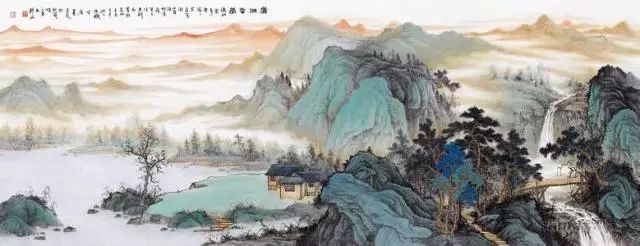
2. Light crimson landscape: On the basis of ink and wash painting, light-colored landscape painting with ochre as the main color is applied. The characteristics of light crimson landscape painting are simple and elegant, light green, bright and clear.

3. Jinbi Landscape: The main colors are gold, azurite and malachite. Compared with “green landscape”, gold has one more color. Gold is generally used to outline the mountain, stone pattern, slope foot, sand spout, colorful clouds, palaces, pavilions and other buildings. The most outstanding Jinbi Landscape in the modern painting world is Mr. Zhang Daqian.
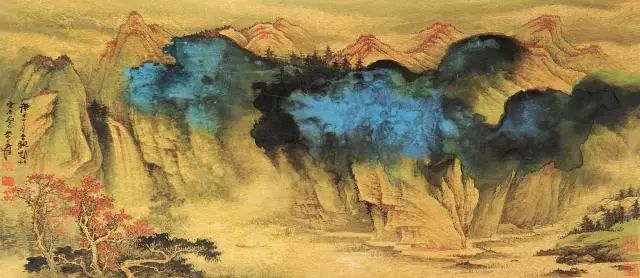
4. Ink and wash landscape: A landscape painting style that uses only ink and no color. It is said to have originated in the Tang Dynasty, developed in the Song Dynasty, flourished in the Yuan Dynasty, and further developed in the Ming and Qing Dynasties. The painting emphasizes profound ideas and vivid charm, and has formed a complete set of expression techniques with ink as the main body. Its brushwork is dominated by hooking, chopping, rubbing, and dotting, and is good at expressing structure and texture; its ink method is based on the thickness, dryness, and wetness of the ink. It is dominated by splashing, breaking, accumulating, and baking, which has the effect of “water halo ink” and “like five colors”, and is good at showing volume and charm. In theory, it emphasizes the combination of brush and ink, in order to achieve a realm of superb changes.
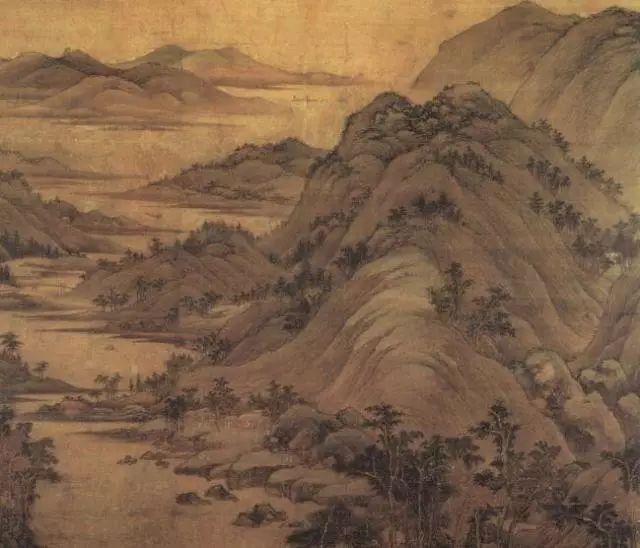
2. Classification by Landscape Painting Techniques
1. Splashing ink (broad brush) landscape: also known as freehand painting, it is a painting method that uses a brush to dip ink and splash it on paper or silk to draw the image of an object, just like splashing ink. The first painter to use the “splashing ink” technique in Chinese landscape painting was Wang Wei.
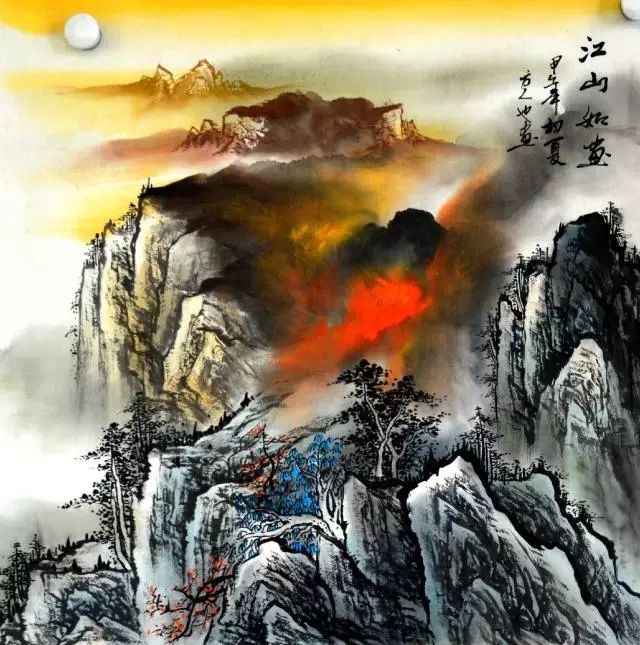
2. Fine brushwork landscape: The main subject of the painting is the depiction of natural scenery of mountains and rivers, and the emphasis is on the use of “lines” as an artistic expression form.
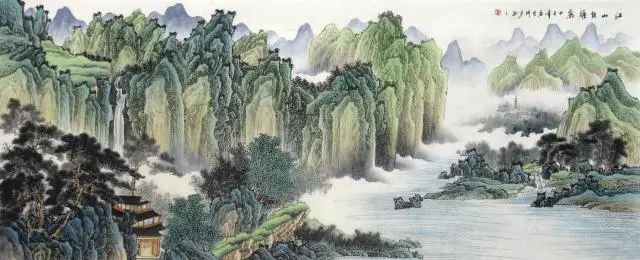
3. Freehand landscape: Use concise brushwork to depict the mountains, rivers, scenery, rocks, trees, houses, and bridges of nature. Freehand landscape paintings are mostly painted on rice paper, with freehand brushstrokes and flying ink and color. Compared with meticulous brushwork, they can better reflect the charm of the depicted scenery and express the author’s feelings more directly.
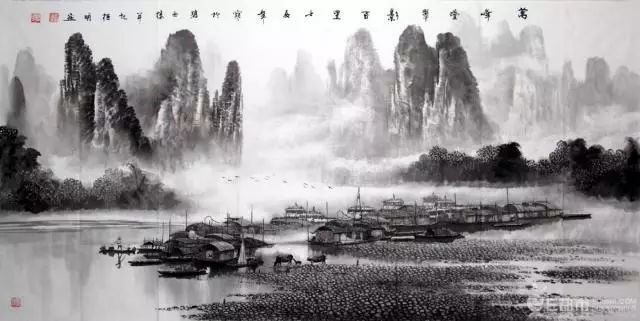
3. Classification of flower and bird paintings by subject matter
1. Bird painting: Chinese painting that mainly depicts various birds such as poultry and flying birds.
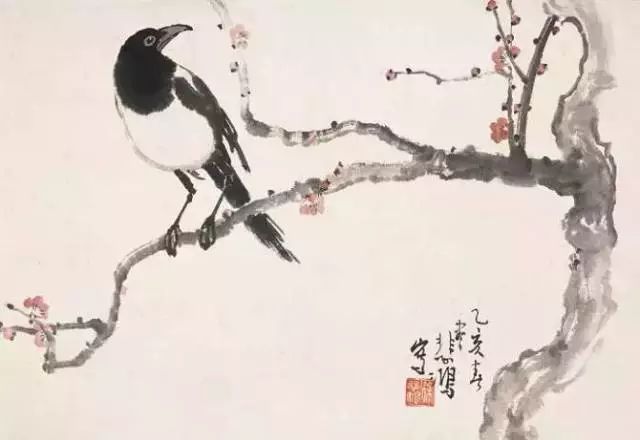
2. Flower painting: Chinese painting that mainly depicts peonies, green ivy, purple bamboo, plum blossoms, etc.
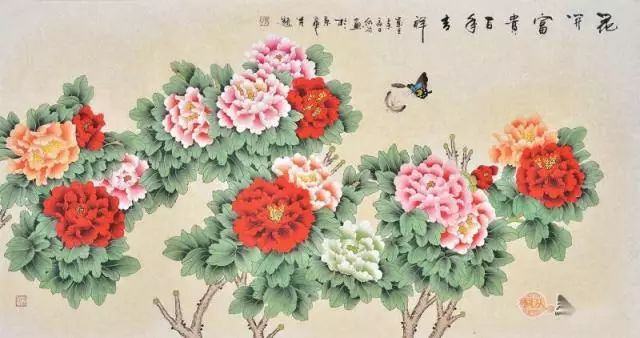
3. Animal paintings: Chinese paintings that mainly depict animals such as lions, tigers, cats, and dogs.
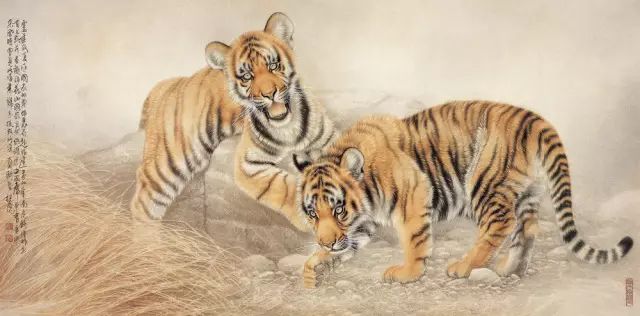
4. Fruit and vegetable paintings: Chinese paintings that mainly depict vegetables, fruits, etc.
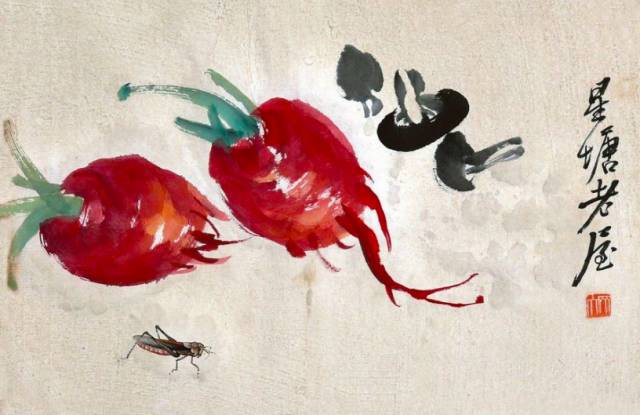
5. Insect paintings: Chinese paintings that mainly depict insects such as butterflies, crickets, and bees.
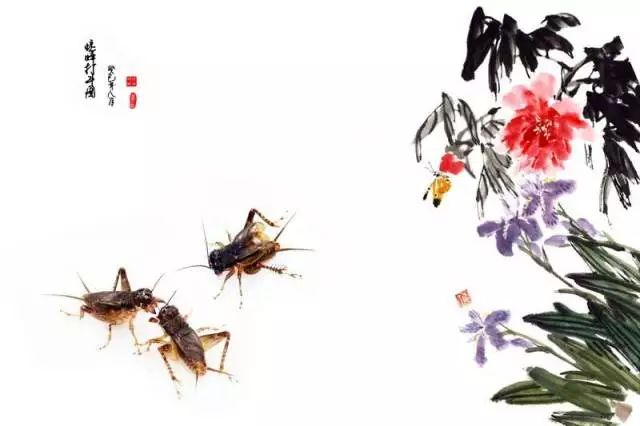
6. Fish and shrimp paintings: Chinese paintings that mainly depict fish and shrimp.
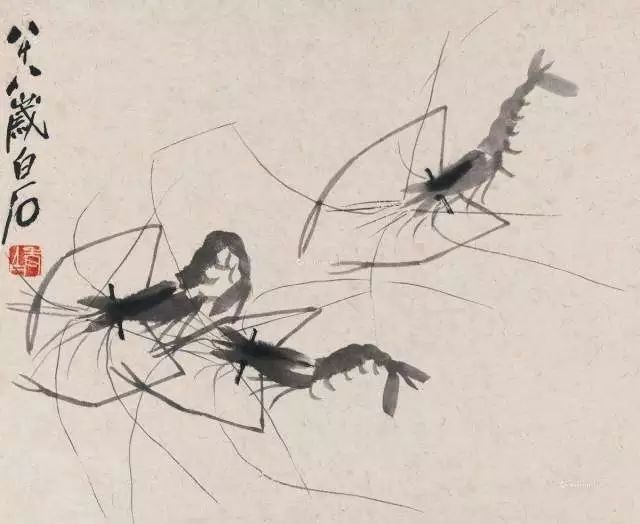
4. Classification of themes of fine brushwork paintings
1. Fine-brush figure painting: A traditional Chinese painting genre that focuses on depicting human activities. It is the genre that directly reflects reality in Chinese painting. Fine-brush figure painting can be divided into light-color and heavy-color. It can be divided into figures, Taoism and Buddhism, customs, ladies and portraits according to the different subject matter. It can also be divided into fine-brush figure painting, simple figure painting, splash-ink figure painting, line drawing figure painting and Wu-style figure painting according to the different painting styles.
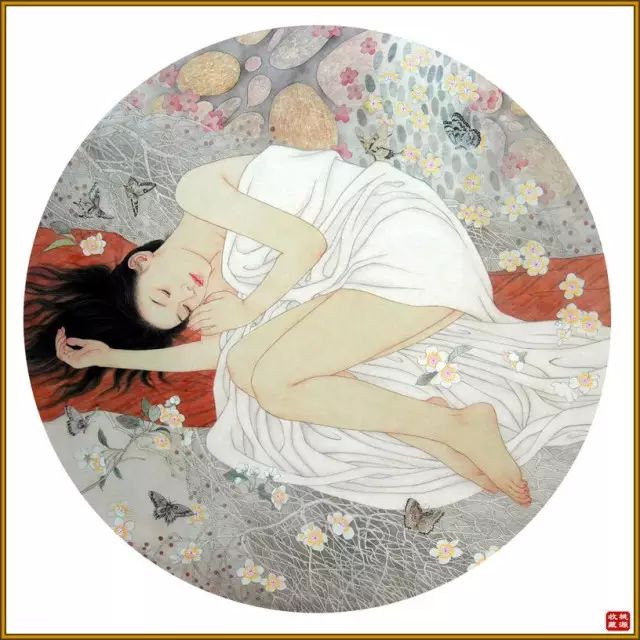
2. Fine-brush landscape: The main body of the painting is the depiction of natural scenery of mountains and rivers, and it emphasizes the use of “lines” as an artistic expression form.
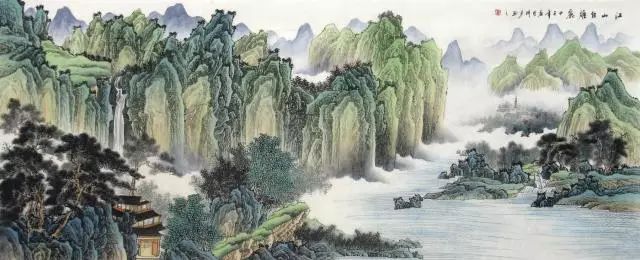
3. Fine-brush Flower and Bird Painting: It is one of the important schools of traditional Chinese painting. It is a special type of painting and technique that corresponds to freehand flower and bird painting in Chinese painting. It uses specially made Chinese brushes and Chinese painting pigments to create rigorous and exquisite flower and bird paintings on special rice paper or alum silk.
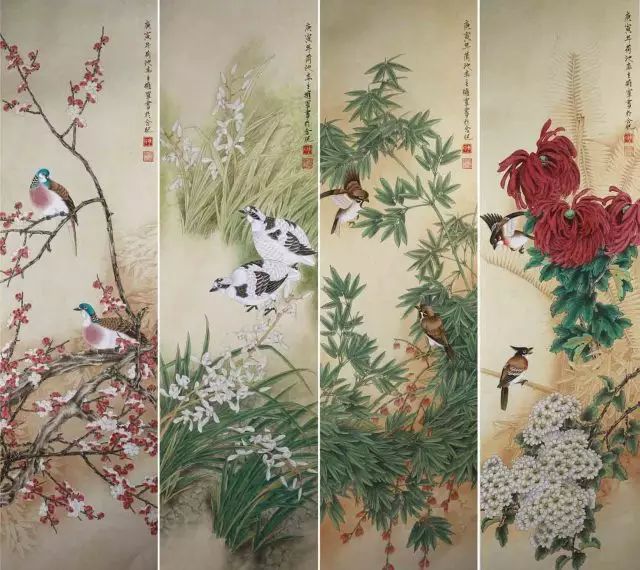
5. Classification based on the color matching of fine brushwork
1. Fine brushwork and light colors: Only plant colors in traditional Chinese painting can be used for painting, and mineral pigments are prohibited. That is, the object is first painted to 80% or 90% by ink and color, and then lightly rendered with light colors. Light colors should ensure that the color does not interfere with the ink, and the ink does not separate from the color. It can be integrated and show the charm of the ink, so as to produce an elegant and simple effect.
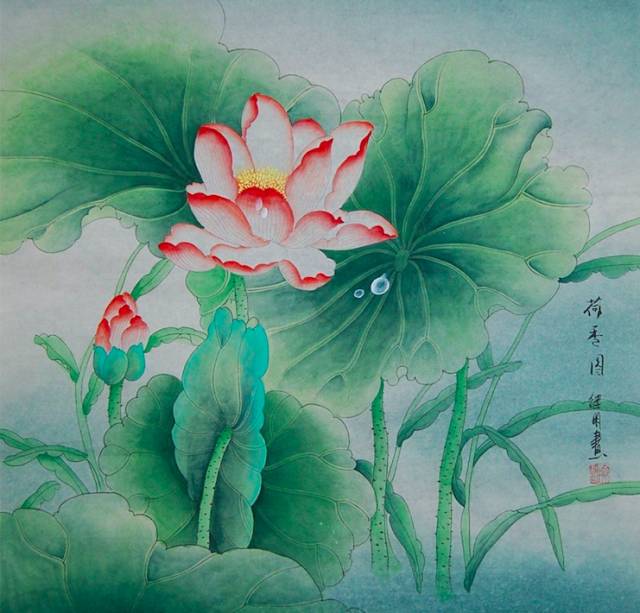
2. Fine brushwork and heavy colors: refers to the art of painting that is meticulous and uses heavy colors (mainly mineral colors). In the early days of Chinese painting history, fine brushwork and heavy colors occupied an important position.
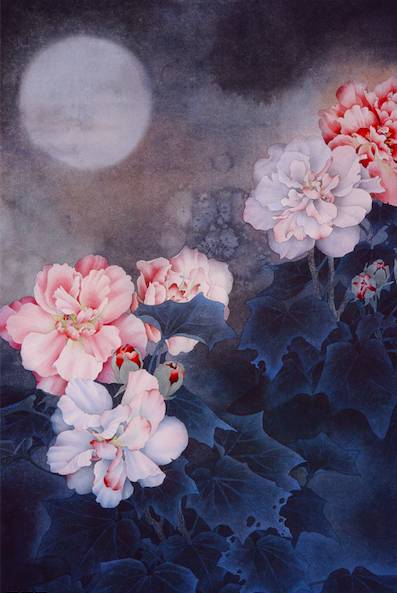
6. Classification of freehand painting by subject matter
1. Freehand figure painting: usually use charcoal pencil to lightly draw the outline on raw paper, using bold and concise brushwork to vividly express the charm of the figure. Freehand figure painting can be roughly divided into three categories: freehand line drawing, freehand coloring, and large freehand painting.
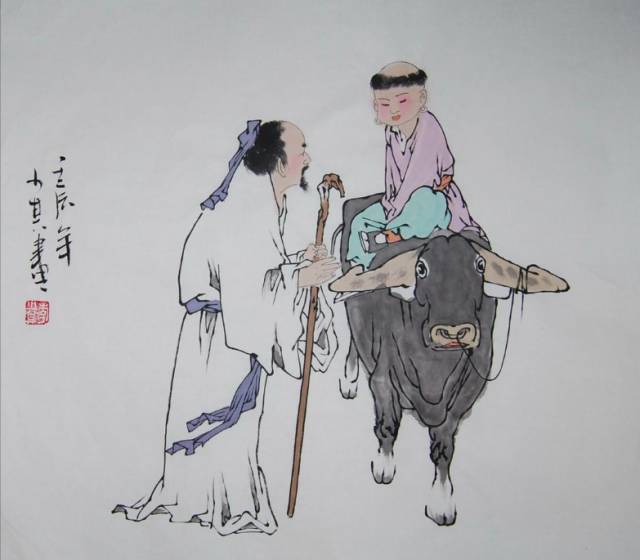
2. Freehand landscape: that is, using concise brushwork to depict the mountains, rivers, scenery, rocks, trees, houses, and bridges of nature. Freehand landscape paintings are mostly painted on rice paper, with freehand brushstrokes and flying ink and color. Compared with meticulous brushwork, they can better reflect the charm of the depicted scenery and express the author’s feelings more directly.
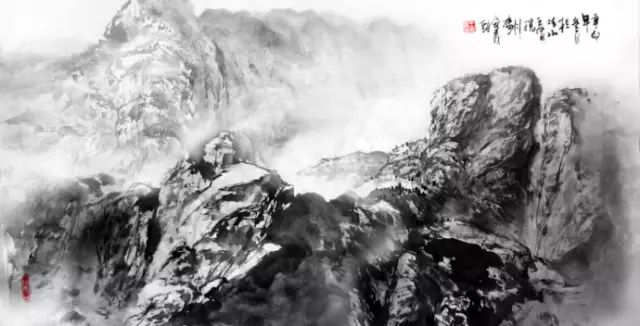
3. Freehand flower and bird painting: a painting method that uses concise and general techniques to depict flower and bird subjects.
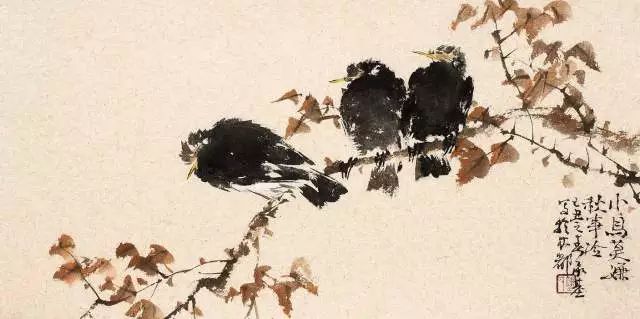
7. Classification by Freehand Painting Techniques
1. 小写意:介於写意与工笔之间,即半工半写,相对於大写意而言,它更加注重于局部的刻画。
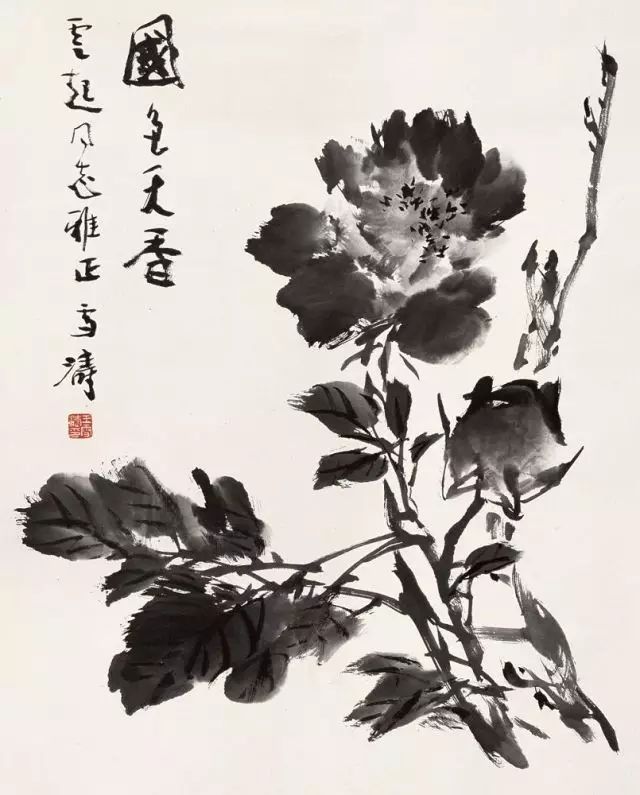
2. Freehand brushwork: It is more bold and unrestrained, with wild brushstrokes, and it focuses more on expressing people’s thoughts and emotions.

8. Classification by Type of Ink Painting
1. Ink-and-wash figures.
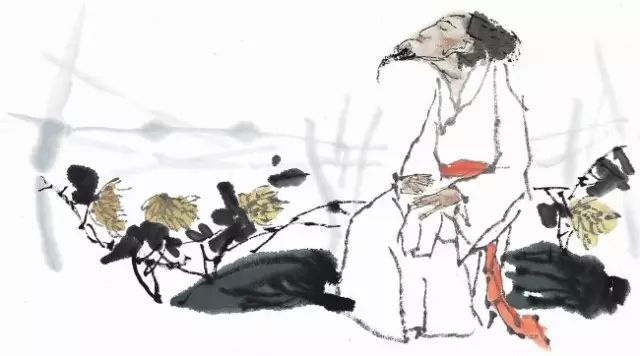
2. Ink landscape.
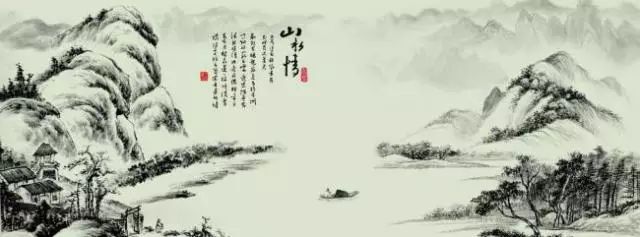
3. Ink flowers and birds.
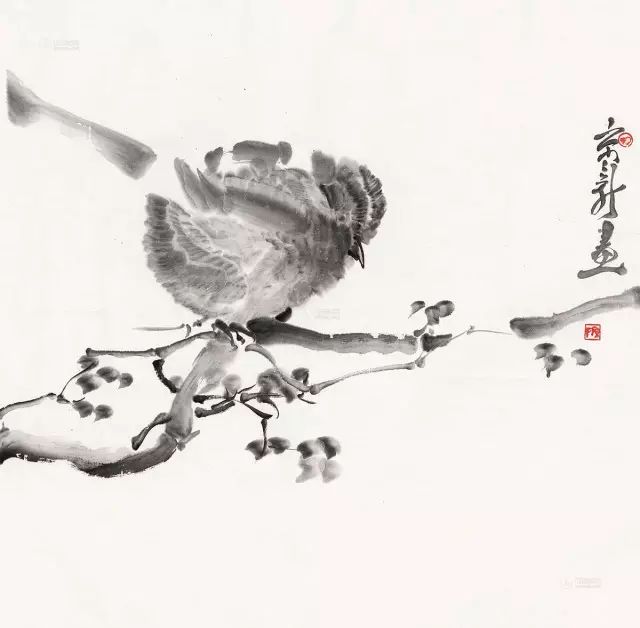
4. Color ink figures.

5. Color ink landscape.
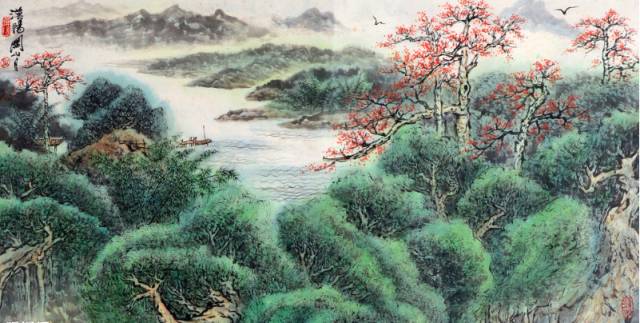
6. Color ink flowers and birds.
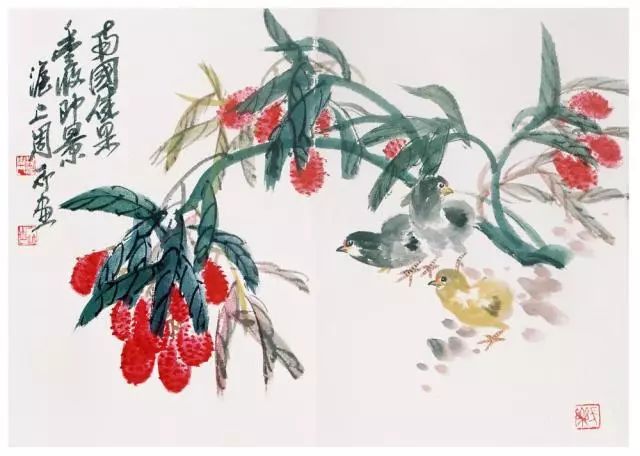
9. Classification by Type of Boneless Painting
Boneless painting: In calligraphy, the part where the brush tip passes is called “bone”, and the rest is called “flesh”. Boneless painting does not use ink lines to outline, but directly uses color to paint the image. When painting, the painter is required to have a clear plan in mind and complete it in one go.
1. Boneless characters.

2. Boneless landscape.

3. Boneless flowers and birds.
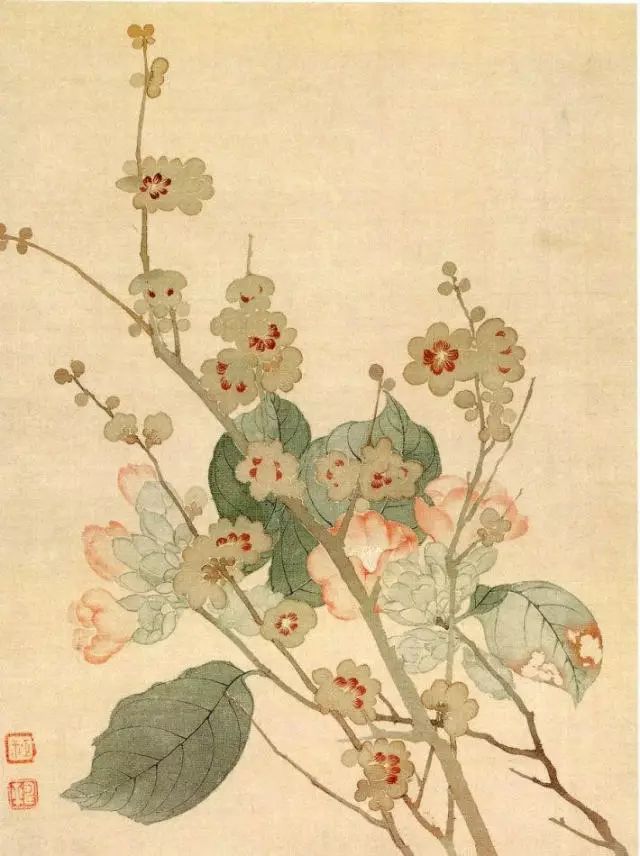
10. Classification by Type of Line Drawing
Line drawing: refers to a painting method that uses only ink lines to outline the image without any embellishment or rendering.
1. Line drawing of characters.
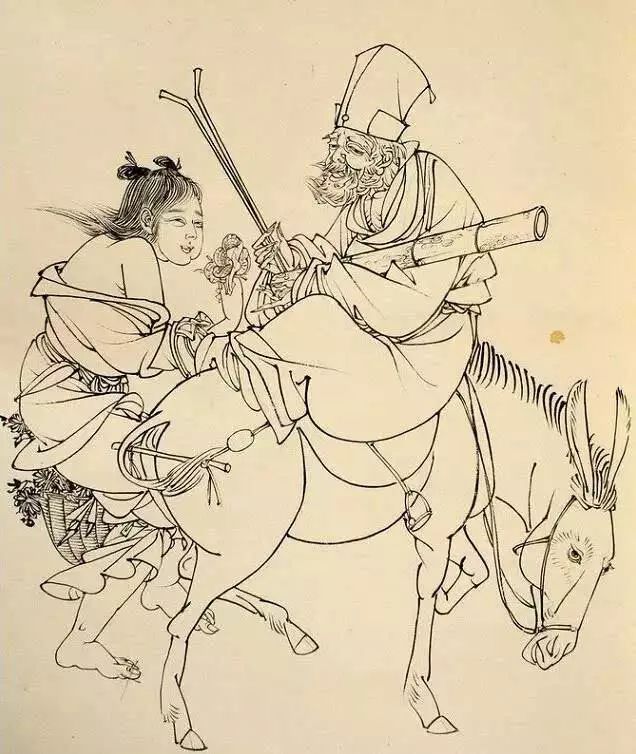
2. Line drawing of landscape.
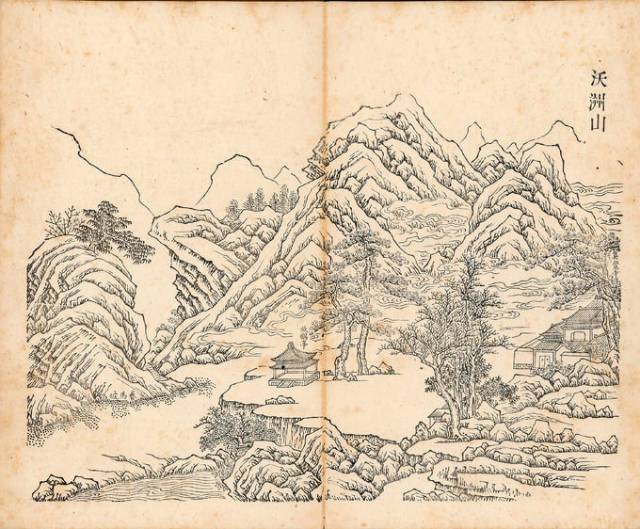
3. Line drawing of flowers and birds.
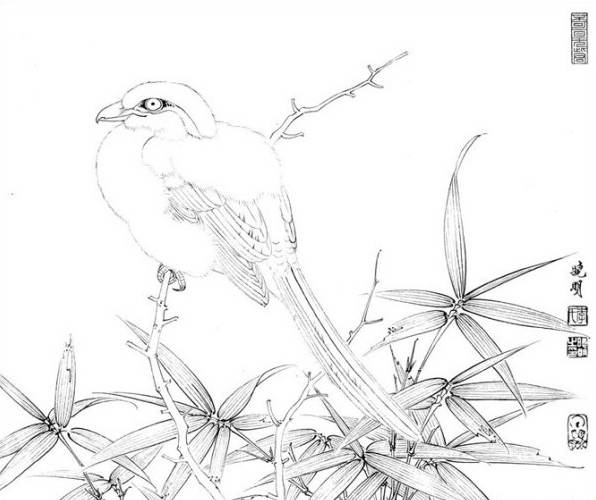
11. Boundary Painting
Jiehua: refers to the painting method of using a ruler to draw lines. A piece of bamboo about two-thirds the length of a brush is cut into a semicircle at one end and polished, and a groove is carved at the other end according to the thickness of the brush. When painting as an auxiliary tool, place the ruler on the required position, put the groove of the bamboo against the pen tube, hold the brush and the bamboo, make the bamboo close to the edge of the ruler, and move the brush in the direction of the ruler to draw even and straight lines. Jiehua is suitable for painting buildings, and other scenes are matched with fine brushwork techniques. It is generally called “fine brushwork Jiehua”.
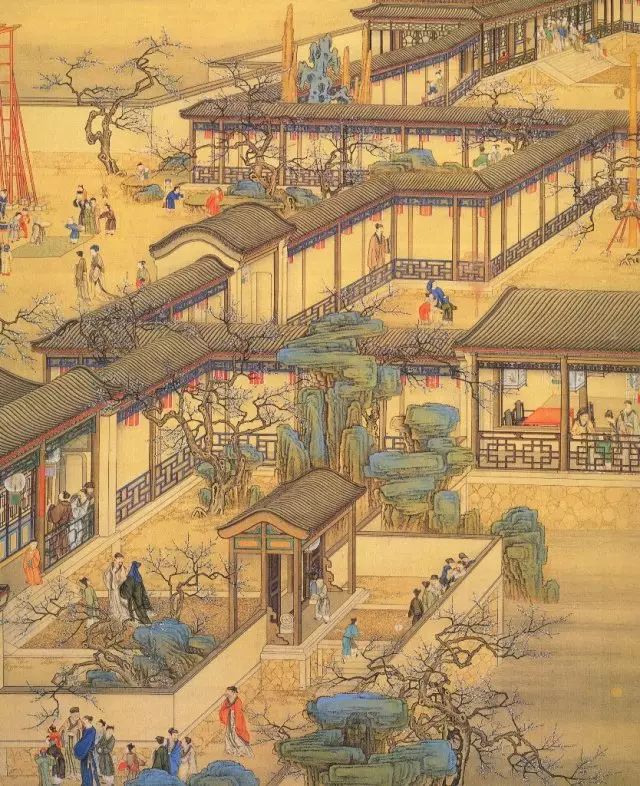
12. Finger painting
Finger painting: It is a special painting method in traditional Han painting, that is, the painter’s fingers are used instead of traditional tools such as brushes to dip ink to paint, which has a special interest and technique.
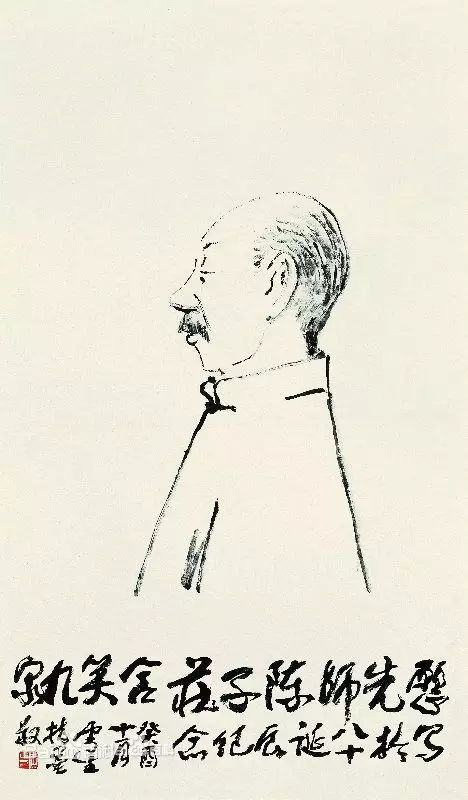
Summary
The above twelve categories are the basic classification of Chinese paintings. In fact, we can also simply divide Chinese paintings into three main categories: figures, flowers and birds, and landscapes.
On the surface, Chinese paintings are divided into these categories based on subject matter, but in fact, they use art to express a concept and thought. The so-called “three categories of painting” summarizes the three aspects of the universe and life:
Figure painting shows human society and the relationship between people;
Landscape painting expresses the relationship between man and nature, integrating man and nature into one;
Flower and bird paintings express the various lives in nature and their harmonious coexistence with humans.
The reason why Chinese paintings are divided into three categories: figures, flowers and birds, and landscapes, is actually a philosophical thinking sublimated from art. The combination of the three constitutes the whole of the universe, complementing each other, and is the true meaning of art as art.
References:https://www.sohu.com/a/190891150_814343
If there is any infringement, please contact
